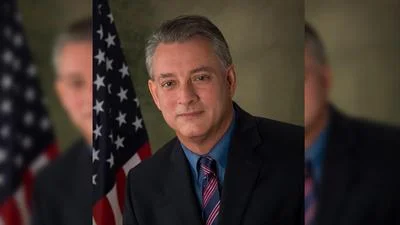Pilot-scale testing of an advanced technology for economically capturing carbon dioxide (CO2) from flue gas has begun at the National Carbon Capture Center (NCCC ) in Wilsonville, Ala. Under a cooperative agreement with the Energy Department’s National Energy Technology Laboratory (NETL), Linde LLC is operating a nominal 1-megawatt-electric (MWe) pilot plant expected to capture 30 tons of CO2 per day. Cost-effective carbon capture and storage from fossil-based power generation is a critical component of national efforts to mitigate climate change.
Testing at the pilot plant will validate performance of the Linde-BASF CO2-capture technology on actual coal-derived flue gas. The NCCC includes a post-combustion carbon-capture facility that allows testing and integration of advanced CO2-capture technologies using flue gas from Alabama Power’s Gaston power plant Unit 5-an 880 megawatt pulverized coal unit. Successful testing will be a major step toward achieving the overall Energy Department goal of 90 percent CO2 capture with 95 percent CO2 purity at a cost of $40 per metric ton of CO2 captured.
The technology being tested integrates BASF’s advanced aqueous amine-based solvent (OASE® blue) and process technology with novel CO2-capture process and engineering innovations being developed by Linde. OASE® blue chemically absorbs CO2 from the flue gas at a relatively low temperature in the absorption column. The CO2-rich solvent is then transferred to a stripping column where steam is added to heat the solvent, reversing the chemical reaction and releasing high-purity CO2 for compression and pipeline transport. The CO2-lean solvent is recycled back to the absorption column for additional CO2 capture.
BASF’s OASE® blue offers key benefits in comparison to monoethanolamine, a benchmark solvent employed in other applications. These benefits include increased CO2 loading, reduced regeneration steam requirements, and increased thermal and chemical stability. Process-related innovations incorporated into the pilot plant include:
• Gravity-driven interstage absorption column coolers.
• High-capacity structured packing.
• An advanced amine wash unit.
• Placement of a reduced-size flue gas blower downstream of the absorption column.
• High-pressure stripping of the captured CO2.
The planned 18-month test program consists of three phases: initial start-up and operation with flue gas and solvent recirculation, parametric testing, and long-duration testing for a minimum of 60 days. Parametric testing will evaluate the impact that key parameters-including flue gas flow rate, solvent circulation rate, and regeneration pressure-have on process performance criteria, such as the CO2 capture rate, solvent CO2 loading, solvent working capacity, pressure drop, steam demand, and outlet CO2 pressure. Long-duration testing at optimal operating conditions will evaluate steady-state performance with power plant cycling, pilot unit reliability, solvent stability, and the emissions profile.
Following pilot testing, Linde and BASF will jointly pursue opportunities for larger-scale testing, leading to full-scale commercialization in the 2025 timeframe.
Source: U.S. Dept. of Energy, Office of Fossil Energy and Carbon Management








